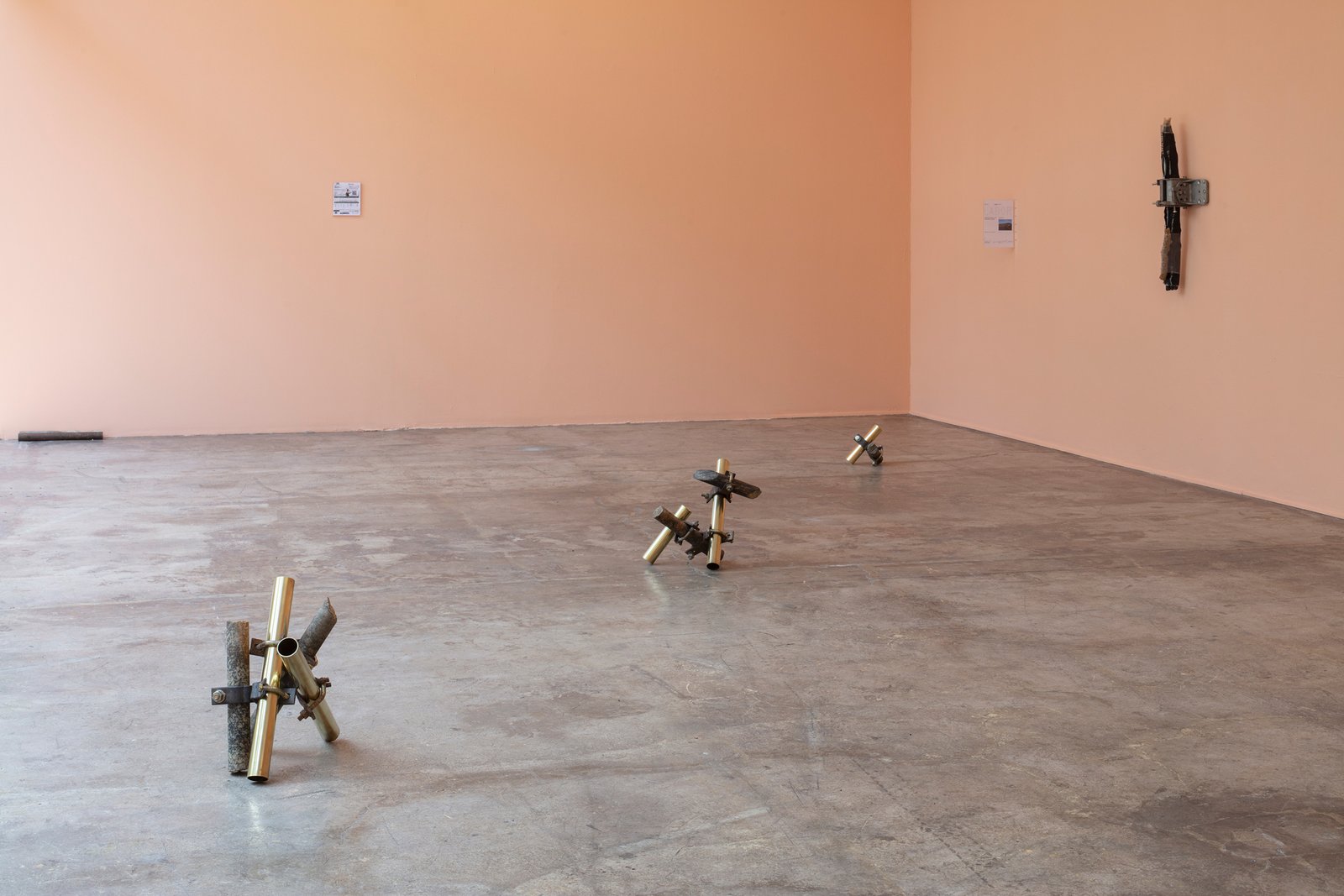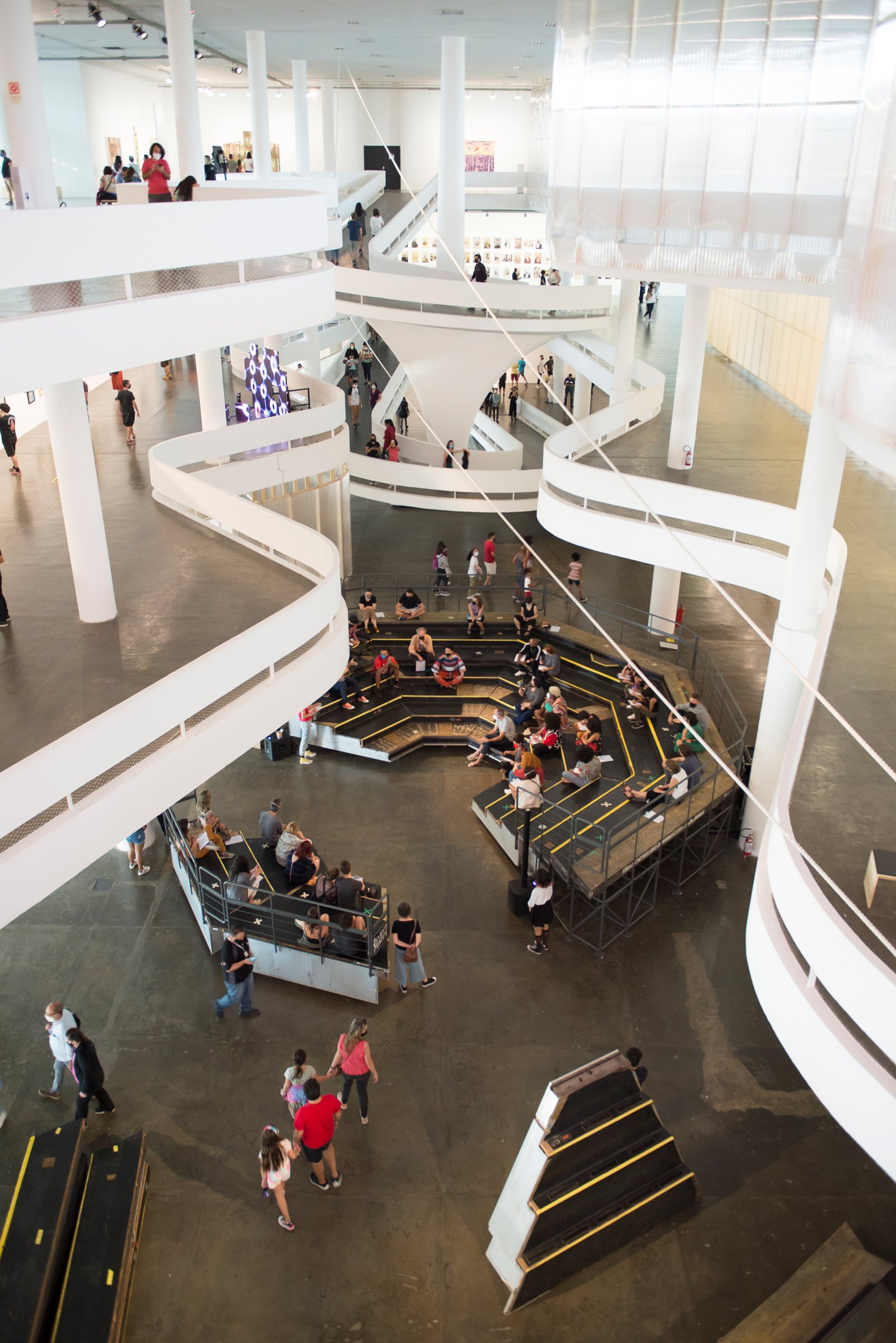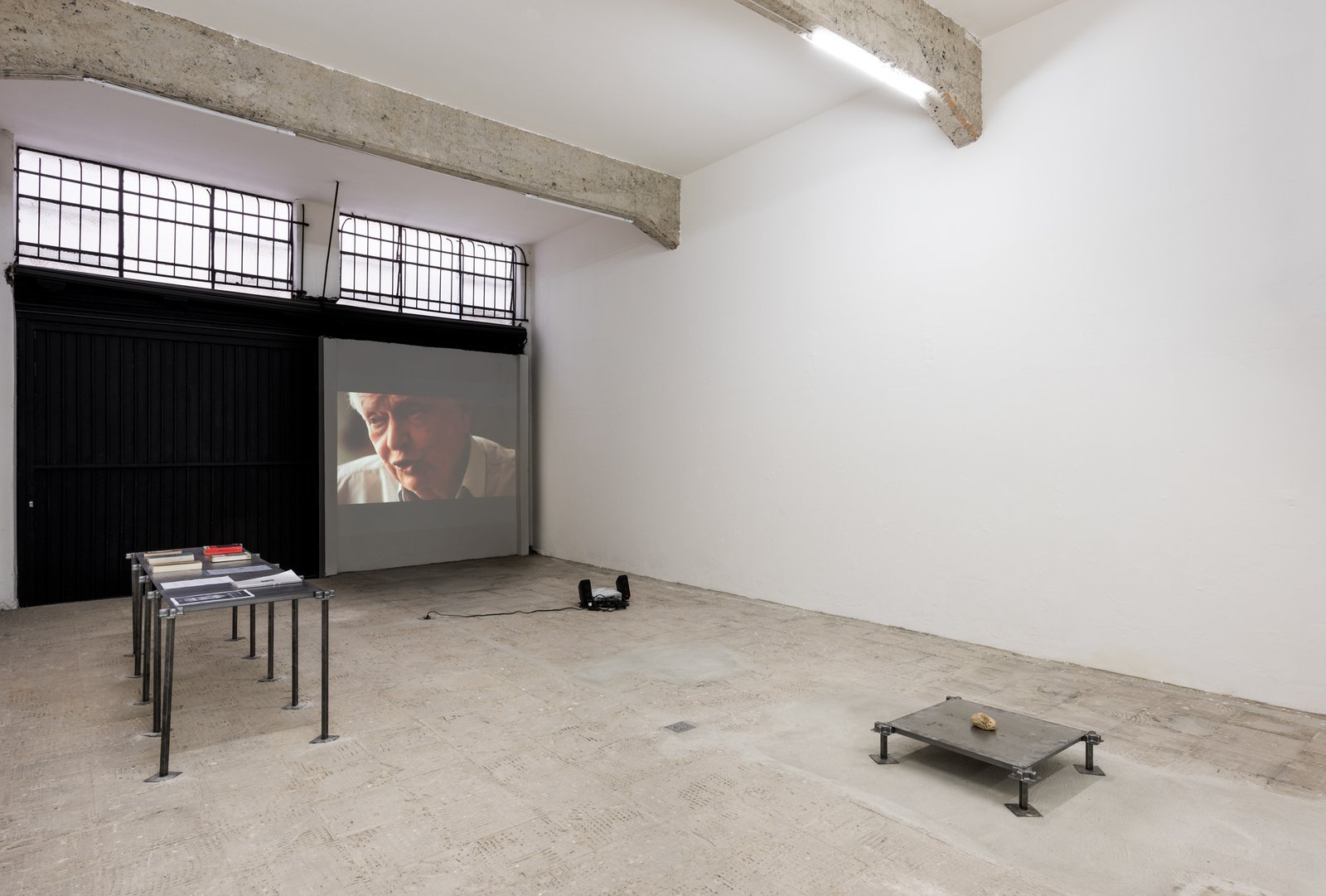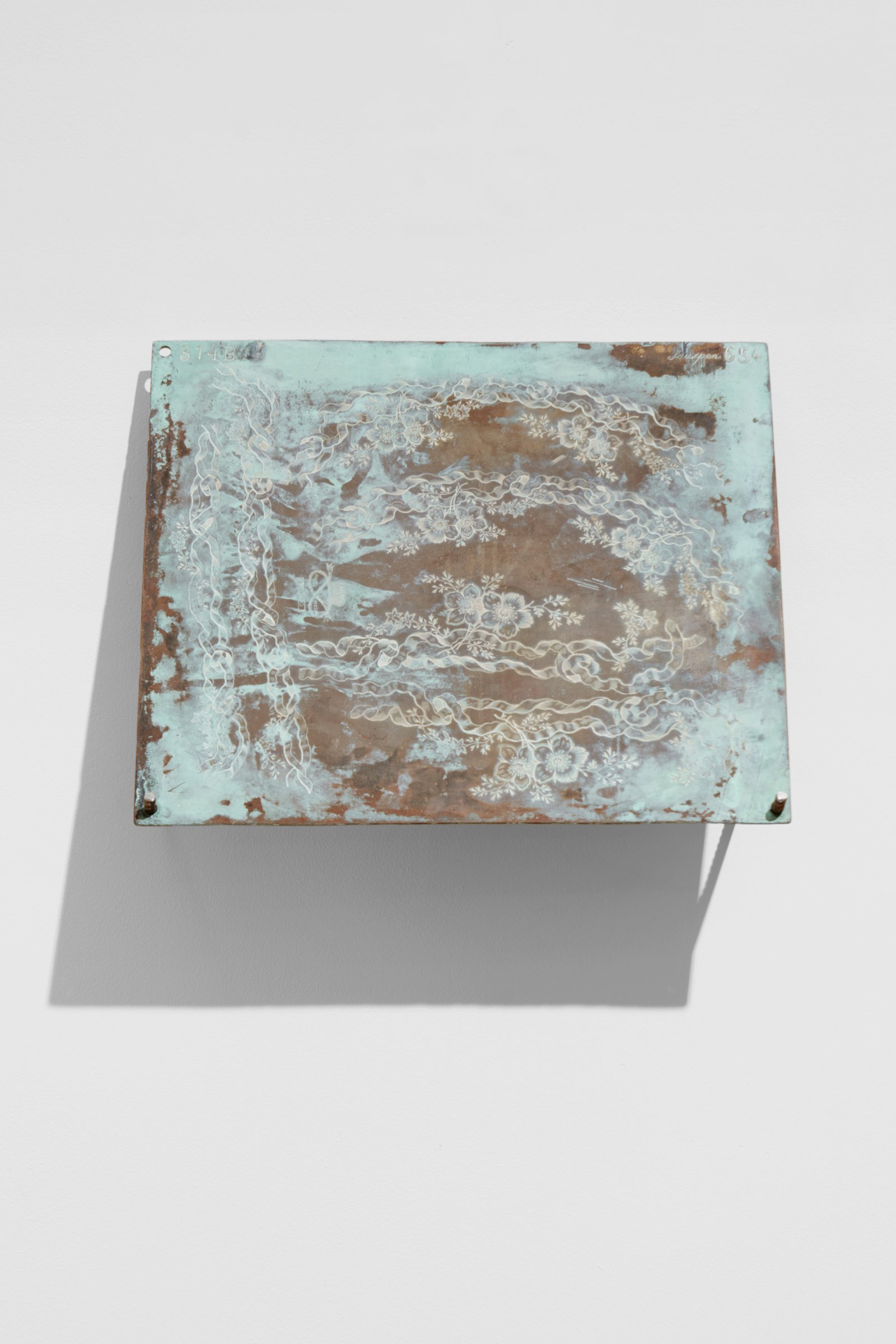Institutional negotiations: on the art of Daniel de Paula
Societal commentary permeates the neo-conceptualism of Brazilian artist Daniel de Paula, evoking art’s potential in the polis of today
The first artworks by Daniel de Paula (Boston USA, 1987, lives and works in São Paulo) date back to the 2000s and show the influence of older artists while already putting forward the intellectual tensions typical of his mature work. A later work such as Untitled (to Charlotte Posenenske), 2014, consists of the Portuguese translation and consequent new circulation of the manifesto published in 1967 by Charlotte Posenenske in Art International (VII/5), in which the German artist, a few months before deciding to stop making art, says: “It is difficult for me to come to terms with the fact that art can contribute nothing to the solution of urgent social problems.” Considering De Paula broadly questions the real political and social value of art, the homage to Posenenske, a radical and essential figure in this regard, is emblematic.

De Paula’s work frequently explores the interstices of contemporary society, questioning how the flows of goods and resources, whether tangible and physical or ethereal and invisible, globally regulate and organize the territories and lives of both human beings and not. A process of negotiation is key to De Paula’s art, often appearing in the list of materials for his works, touching upon the academic, political, social, industrial or bureaucratic spheres according to the context and specificities of each project. A work like aparição, 2011, for example, required a negotiation between the company responsible for the public lighting in São Paulo and the Cultural Center of the city – also dependent on the municipality – in order to move a disused light pole into the exhibition space: The gesture critically questioned the concepts of private property, public utility, and authorship. Over ten years later, on the occasion of his participation in the Lyon Biennial in 2022, De Paula conceived a large multimedia installation in the previously abandoned building of the Musée Guimet. The piece featured a Roman marble funerary mask, which had been used for centuries as an element of a sidewalk; today it belongs to the collection of the Lugdunum, the museum of the Gallo-Roman civilization in Lyon. Here De Paula highlights how the use of spaces and objects is determined by complex power relations, a recurring topic in many of his projects.

The work entitled deposição, 2020, synthesizes various focal points of the artist’s philosophy of art. The piece was developed in collaboration with the North American artists Marissa Lee Benedict and David Rueter, and was presented for the first time at the 34th São Paulo Biennial curated by this writer. It centers around an old trading pit from the Chicago Board of Trade, which De Paula acquired in 2018. Now replaced by digital transactions, the pit welcomed traders of cereals and grains for decades. The structure – a sort of octagonal arena measuring approximately 12 by 12 meters – evokes a dual atmosphere of sharing and confrontation; it is both an anti-monument and a platform for public meetings aimed at social, philosophical, political, and artistic discussion, activated regularly by the artists in a few institutional presentations. In deposição, contrasting aspects coexist explicitly: discourse and symbolism, performance and sculpture. However invisible, the moments of information exchange and build up of knowledge – essential to the negotiation mentioned above – is a constant in de Paula’s art.

The installation Lastro, 2017, furthers the argument. The piece is inspired by an investigation into the stones used to give stability to colonial ships departing Europe on a quest for riches in Brazil. Once offloaded, the stones were used in the construction of churches and fortresses built by the Portuguese colonists. Working closely with the Brazilian Navy, the artist was able to recover some of those stones during a mission to rescue sunken ships in the Atlantic Ocean; once again institutional negotiation allowed him to enrich his installation with crucially symbolic objects. In this context, he also included the research that made the project possible: a video in which the historian of economics Josè Jobson de Andrade Arruda explains how the limestones condense the complex asymmetry of colonial power, the violent exploitation of humans and lands, and the incessant flow of goods and wealth. In addition to distinguished academics such as De Andrade Arruda, or the Dutch-American sociologist Saskia Sassen, the dialogical nature of this work also includes lesser-known characters, who, precisely for this reason, might be more emblematic of the artist’s unstated aspirations: to operate on a collective and social scale in the broadest sense of these terms.

In this regard, it is significant to mention how the artist’s interest has more recently turned with greater emphasis towards the fleeting, mobile, and intangible side of things: from the invisible circulation of capitals and pure financial speculation, free from any relationship with real products, to the shadows of objects and people. In his 2021 exhibition at Jaqueline Martins Gallery in Brussels, titled veridical shadows, or the unfolding of a deceptive physicality, de Paula exhibited and offered for sale the shade of a copper plate used in the production of ceramics from the Petrus Regoud & Co. and Royal Sphinx factory, probably visited by Karl Marx in 1865 while writing Das Kapital. If the object condenses and makes explicit, at least from a symbolic point of view, the violence of the capitalist system that led Marx to conceive an ontologically different society, de Paula’s gesture (i.e. putting a shadow up for sale) underlines how much the power of the capitalist system transcends the realm of what can actually be touched and felt, permeating all aspects of contemporary life.

The most recent result of this reflection is a work produced for the first exhibition of De Paula at Labor Gallery in Mexico City, in which the artist put his own shadow up for sale, declaring his membership as an artist, and before that as human being, to a society where everything can be bought. The intangibility of the shadow and the fact that de Paula carries it with him (he therefore can deliver it to the collector who eventually decides to buy it) does not make the proposal any less real or thought-provoking. On the contrary, he projects the work into an almost mythical dimension, despite the importance of the practical aspects and legal details of the transaction. As Sol Lewitt already stated in the first of his famous sentences on conceptual art: “Conceptual Artists are mystics rather than rationalists. They leap to conclusions that logic cannot reach.”
September 4, 2023
